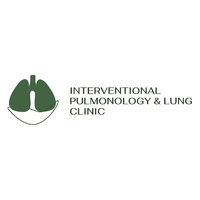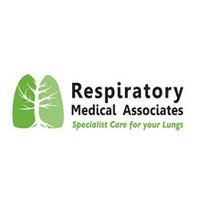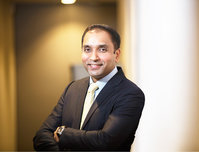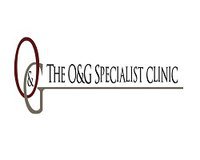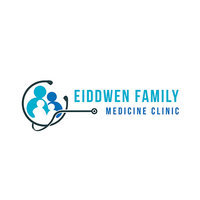公司描述
If you or a loved one is experiencing symptoms such as coughing, difficulty breathing, or chest pain, or if you have a known or suspected condition that affects the bronchi, bronchoscopy may be a useful diagnostic and treatment option. This procedure uses a thin, flexible tube with a light and camera to examine the inside of the bronchi (airways) in the lungs and can help to diagnose and treat a variety of conditions. At our clinic, Dr Akash Verma - Lung Specialist is equipped with the latest technology and techniques to provide the highest quality care for individuals with respiratory issues. Contact us today to learn more about bronchoscopy and how it can help improve your lung health.
Bronchoscopy is a medical procedure that uses a bronchoscope (a thin, flexible tube with a light and camera on the end) to examine the inside of the airways (bronchi) in the lungs. It is often used to diagnose and treat conditions that affect the bronchi, such as infections, inflammation, abnormalities, and cancer.
There are several types of bronchoscopy, including rigid bronchoscopy, flexible bronchoscopy, and video-assisted bronchoscopy (also known as endobronchial ultrasound bronchoscopy or EBUS). The type of bronchoscopy used will depend on the specific condition being evaluated and the patient's overall health.
Bronchoscopy is usually performed in a hospital or clinic setting under conscious sedation (meaning the patient is awake but relaxed and pain-free). The procedure typically takes 30 minutes to an hour and may be performed on an outpatient basis.
One might need a bronchoscopy if they are experiencing symptoms such as coughing, difficulty breathing, chest pain, or coughing up blood, or if they have a known or suspected condition that affects the bronchi. It can also be used for follow-up care after a lung surgery or to monitor the progression of a respiratory condition.
Dr Akash Verma, our Lung Specialist, will discuss with you whether bronchoscopy is an appropriate d
Bronchoscopy is a medical procedure that uses a bronchoscope (a thin, flexible tube with a light and camera on the end) to examine the inside of the airways (bronchi) in the lungs. It is often used to diagnose and treat conditions that affect the bronchi, such as infections, inflammation, abnormalities, and cancer.
There are several types of bronchoscopy, including rigid bronchoscopy, flexible bronchoscopy, and video-assisted bronchoscopy (also known as endobronchial ultrasound bronchoscopy or EBUS). The type of bronchoscopy used will depend on the specific condition being evaluated and the patient's overall health.
Bronchoscopy is usually performed in a hospital or clinic setting under conscious sedation (meaning the patient is awake but relaxed and pain-free). The procedure typically takes 30 minutes to an hour and may be performed on an outpatient basis.
One might need a bronchoscopy if they are experiencing symptoms such as coughing, difficulty breathing, chest pain, or coughing up blood, or if they have a known or suspected condition that affects the bronchi. It can also be used for follow-up care after a lung surgery or to monitor the progression of a respiratory condition.
Dr Akash Verma, our Lung Specialist, will discuss with you whether bronchoscopy is an appropriate d
